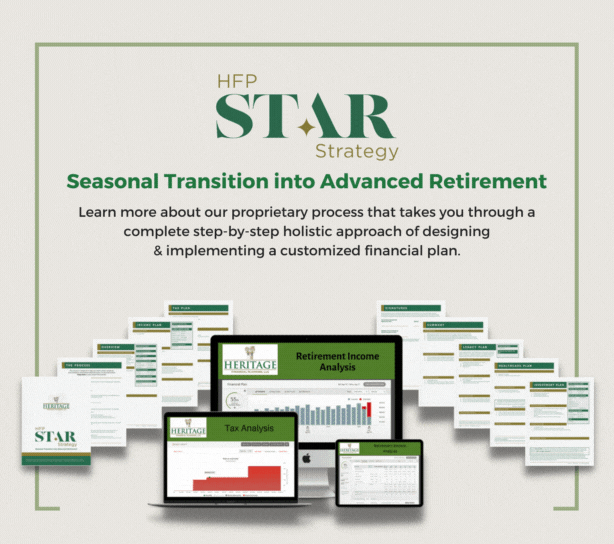When Washington makes headlines, it impacts more than just policies—it can shape your retirement. The House narrowly passed a sprawling legislative package last week, pushing dramatic tax cuts while slashing billions from Medicaid and other programs (San Francisco Chronicle, Business Insider, Financial Times).
What This Bill Could Mean for Your Retirement Plan
Dubbed the “One Big, Beautiful Bill,” this over‑1,000-page legislation extends portions of the 2017 tax cuts, removes federal taxes on tips and overtime, and boosts the child tax credit to $2,500—moves aimed at delivering immediate benefits to many Americans (Time, Business Insider). However, the cost is steep: deep cuts to Medicaid (estimates range from $625 billion to nearly $800 billion over a decade), tighter eligibility and new work requirements—putting health coverage at risk for up to 8.6 million Americans (WSJ, Business Insider, Financial Times).
For pre‑retirees and retirees maintaining high net worth, aspects of the bill are double‑edged. The permanence of certain tax breaks may offer stability, yet the caps on deductions—like the $10,000 SALT limit—could increase your effective tax rate depending on your state and wealth profile (San Francisco Chronicle, El País).
Provisions like eliminating taxes on overtime and tips may offer modest relief—but for those of us relying on investment income, the real ripple effects will come via changes in federal spending and rising national debt.
Weathering Change with Wealth Wisdom
So, what does all of this mean for your retirement strategy?
- Tax Certainty vs. Budget Risk – The extension of 2017 tax cuts offers predictability. But with the Congressional Budget Office warning of added trillions in debt, future fiscal pressure could mean entitlement reforms, inflation worries, or interest rate volatility (Time, Financial Times).
- Health Coverage Volatility – While most retirees aren’t Medicaid‑dependent, state funding reductions and tighter safety net programs may still strain local healthcare systems and impact long‑term care options. This warrants proactive planning.
- Opportunity in Uncertainty – Shifts in tax legislation often create opportunities for tax-efficient withdrawal sequencing, Roth conversions, gifting strategies, or charitable planning—all crucial as we move into advanced retirement.
At Heritage Financial Planning, we believe in positioning strategies to capitalize on policy tailwinds while safeguarding against downside risks.
Retire Smarter with the HFP S.T.A.R. Strategy
If you’re navigating this evolving landscape, now is the time to reassess and refine your retirement blueprint. That’s precisely why we developed our HFP S.T.A.R. Strategy—Seasonal Transition into Advanced Retirement.
Our S.T.A.R. approach helps you:
- Align tax timing and asset distributions with shifting legislation
- Position portfolio income to weather potential interest rate or inflation changes
- Adapt your healthcare funding and insurance planning for state-level volatility
- Reassure your peace of mind through a dynamic, hands-on approach
Whether you’re planning an enhanced retirement lifestyle, managing legacy goals, or balancing philanthropy with tax efficiency, the HFP S.T.A.R. Strategy provides clarity and confidence.
📞 Reach out to our Heritage Financial Planning office at your convenience to schedule a personalized appointment. Let’s explore how to align your wealth with your retirement goals—whatever the policy winds may bring.

Click here to learn more about our HFP STAR Strategy process.
Sources:
- MSN Money. (2023, August). Trump legislative agenda: Bill includes Medicaid cuts and tax breaks. Retrieved from https://www.msn.com/en-us/money/markets/trump-legislative-agenda-bill-medicaid-cuts-and-tax-breaks/ar-AA1FgL7u
- Center on Budget and Policy Priorities. (2023). House Republicans’ Budget Would Cut Medicaid and Other Health Programs Deeply. Retrieved from https://www.cbpp.org
- Congressional Budget Office. (2023). The Budget and Economic Outlook: 2023 to 2033. Retrieved from https://www.cbo.gov/publication/58848












